“What is metatarsalgia?” “How do I get immediate relief for metatarsalgias?” “What metatarsalgia treatment options should I explore?” “What does metatarsalgia feel like?”
Have you ever caught yourself pondering on any of these questions? If yes, you've probably felt some discomfort in your foot, checked Google for some answers, and are wondering what it is. It may also be that you've heard about metatarsalgia and need to satisfy your curiosity.
Fortunately, regardless of your specific situation, we’ve managed to find some answers for you. This Guide, “Metatarsalgia: Symptoms, Causes, and Treatments,” will answer all your questions about the condition — and more. Let's get started.
The Roast
- Metatarsalgia refers to a common foot condition that causes pain and inflames the ball of the sufferer’s foot
- An overuse injury, metatarsalgia is often common in athletes and other persons engaged in high-impact activities
- Metatarsalgia can be treated using the RICE (Rest, Ice, Compression, and Elevation) therapy as well as wearing supportive footwear
What is Metatarsalgia?
When a person has metatarsalgia, it means that the ball of their feet (the area between the toes and arch) is inflamed and painful. Metatarsalgia got its name from the five metatarsal bones that make up the feet’s midsection and connect to the toes. It’s often considered a symptom of another condition instead of a disease in itself.
Metatarsalgia can be grouped into 3 categories—primary, secondary, and iatrogenic metatarsalgia. While primary metatarsalgia happens when there are issues with the metatarsal, secondary metatarsalgia occurs due to health issues such as a torn ligament, gout, etc. On the other hand, iatrogenic metatarsalgia happens from a forefeet surgery complication.
Risk Factors for Metatarsalgia

You're more at risk of developing this condition if you run, jump, or participate in other high-impact sports frequently. This is why track and field runners and other athletes are often not strangers to metatarsalgia.
Other risk factors for metatarsalgia include:
- Wearing high heels
- Being overweight
- Having a high arch
- Inflammatory arthritis and other foot problems
- Age
Causes of Metatarsalgia
Below are the most likely culprits behind this condition:
Intense activities such as distance running can cause metatarsalgia due to the runner’s front feet absorbing most of the force when in motion. This stress on the foot can trigger inflammation in the metatarsals, irritating the surrounding ligaments, tendons, and cartilage.
Your foot's high arch may cause metatarsalgia because of the extra pressure placed on the metatarsal area. The condition can also be traced to a longer second toe than the big toe. If this is your foot shape, the extra weight will move to the second metatarsal head, causing you inflammation and pain.
Obesity can cause metatarsalgia. Generally, when you’re in motion, the bulk of your body weight rests on the metatarsals. This automatically means that overweight women place extra weight on their forefoot, leading to the condition.
Certain foot deformities are caused by wearing high heels or extra tight shoes. This can lead to hammertoe (the toe-curling downward) and bunions (painful/inflamed bumps at the big toes’ base). When this happens, metatarsalgia is often just around the corner.
Morton's neuroma is a non-cancerous inflammation of a foot nerve that typically affects the intermetatarsal space (the area between the third and fourth toes). Its symptoms are similar to that of metatarsalgia and it increases the likelihood of metatarsal stress.
The toe bones of metatarsals can break sometimes. Beyond the excruciating pain that this brings, the stress fractures alter how you distribute weight on your feet.
As we discussed already, high heel shoes cause metatarsalgia by adding more weight to the forefeet. That's why we often advise women to ditch the heels for beautiful flats sometimes.
It's the same issue with athletic shoes without padding/support and shoes that have a narrow toe box. Also, shoes that are too loose can also cause metatarsalgia.
Symptoms of Metatarsalgia
The primary symptom of metatarsalgia is pain in the ball of your boot. This pain is often described as burning, sharp, shooting, or arching. Oftentimes, it'll worsen when you stand, walk, run, or flex your feet and you'll feel some relief when you rest.
Metatarsalgia may also cause a tingling feeling and numbness in your toes. Many persons with the condition also report feeling like there's a pebble in their shoes.
Meanwhile, athletes who participate in high-impact activities and have bursitis or any other inflammatory condition experience slightly different symptoms. For example, the pain they feel may be more widespread and extend to the middle of their feet.
It’s noteworthy that metatarsal pain rarely comes suddenly. Instead, it can take as long as several months to develop, beginning as a mild discomfort and worsening over time.
How Is Metatarsalgia Diagnosed?
Doctors try to determine the source of your pain by asking you about your symptoms. They'll also ask you to stand and sit and examine your foot in those postures. Furthermore, your doctor may want to learn about your activity levels and lifestyle to determine your metatarsalgia risk level.
Many foot conditions mimic metatarsalgia symptoms. So, your healthcare provider may try to rule out other conditions, such as stress fractures, with the help of a foot X-ray. They may also recommend an ultrasound or Magnetic Resonance Imaging (MRI) to evaluate the soft tissues around your metatarsophalangeal joints.
How Do You Get Rid of Metatarsalgia?
Untreated metatarsalgia may become complicated and affect other parts of your body, especially your lower back and hips. Sometimes, a person may develop a hammer toe after neglecting to treat their metatarsalgia. To avoid these, it's important to make attempts to relieve your metatarsalgia the moment you discover it.

Here are the common treatment options for this condition:
RICE is an acronym for Rest, Ice, Compressions, and Elevation. To relieve metatarsalgia, you're advised to rest your feet and avoid activities that may worsen your symptoms. So, if you've ever asked, “Is walking bad for metatarsalgia?” The answer is a big YES. You're also not expected to stand for too long when you've been diagnosed with this condition.
Furthermore, you can relieve the pain and inflammation by applying ice packs to the affected foot for 20 minutes. Repeat this as many times as possible every day for the best results. Also, compressing your feet with a pressure bandage will provide you with some relief. Lastly, keep your foot elevated above your heart level to reduce inflammation.
Note: The RICE Method should be applied immediately to a few days after diagnosis.
Over-the-counter medications are another common treatment option for metatarsalgia. Common pain medicines administered include ibuprofen, acetaminophen, aspirin, and naproxen. Beyond providing temporary pain relief, these drugs may also help to reduce inflammation. However, if your pain is caused by a pinched nerve, the doctor may advise that you combine a nerve block with long-lasting steroids for effective results.
While metatarsalgia patients shouldn’t engage in strenuous work, they may benefit from gentle stretching exercises for the foot and ankle. These movement exercises aid the healing of the muscles and joints. They should last the duration of the healing process for the best outcomes.
Supportive footwear, such as those that fit perfectly and trainers with adequate arch support can significantly help to relieve metatarsalgia symptoms. That’s especially when the condition was caused by tight/loose or low-quality shoes.
If you have difficulty finding comfortable shoes to improve your condition, the vast range of footwear options from Black Tulip is always a good place to start. From women’s Olluco Crossover Sandal to mules, trainers, and ankle boots, all Black Tulips’ products were made with your foot health in mind.
In rare cases, a metatarsalgia patient may need surgical intervention to feel better when physical therapy is not enough. This often happens when there’s another foot condition, necessitating the use of surgery to get the metatarsal bones properly aligned.
How Long Does Metatarsalgia Last?
How fast your metatarsalgia will improve depends on numerous factors, particularly the severity of your condition. Generally, it’ll take about a few days to 2 weeks for the pain to reduce while full recovery occurs 6 to 8 weeks. However, this timeframe can increase when the recovery process is slowed by engaging in strenuous activities when the bone is still healing and not complying with your treatment plan.
Do I Need to See a Doctor for Metatarsalgia?
No, metatarsalgia can be treated at home. However, you’ll need to visit your physician if:
- The pain is debilitating (prevents you from carrying out your regular activities)
- You have diabetes and foot pain
- The pain keeps getting worse
- You’ve lost sensation in your foot or noticed a tingling feeling
- There’s no improvement after treating yourself at home for two weeks
Metatarsalgia Management Begins with Properly-Fitted, Quality Footwear
While the term “metatarsalgia'' sounds scary, all you need is the right knowledge to prevent or overcome this debilitating foot condition. This is why our team at Black Tulip have equipped you with everything you need to know about the syndrome.
More than just that, we've gone the extra mile to provide you with a wide variety of comfortable and supportive footwear to reduce your risk of metatarsalgia. Keep your feet happy and say goodbye to painful movements by browsing our footwear collection today. You can thank us later!
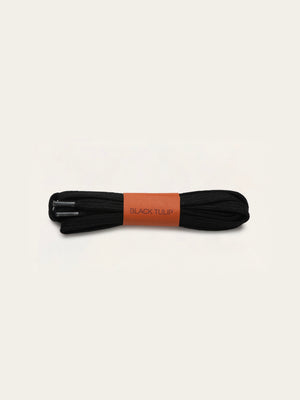
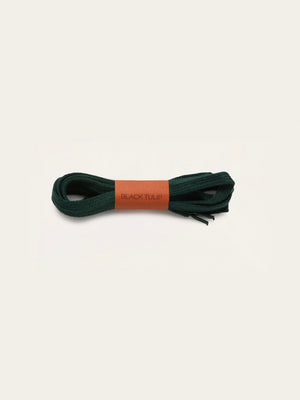

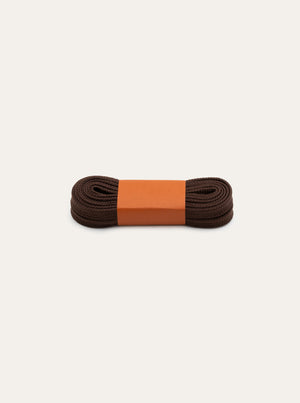


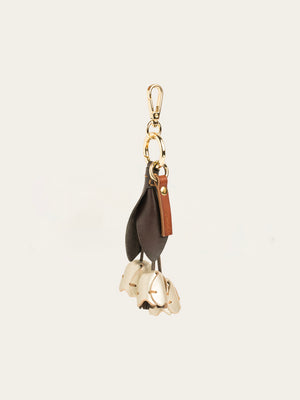




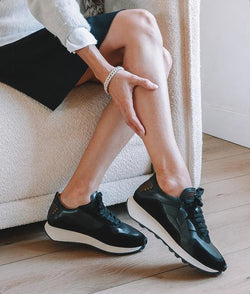










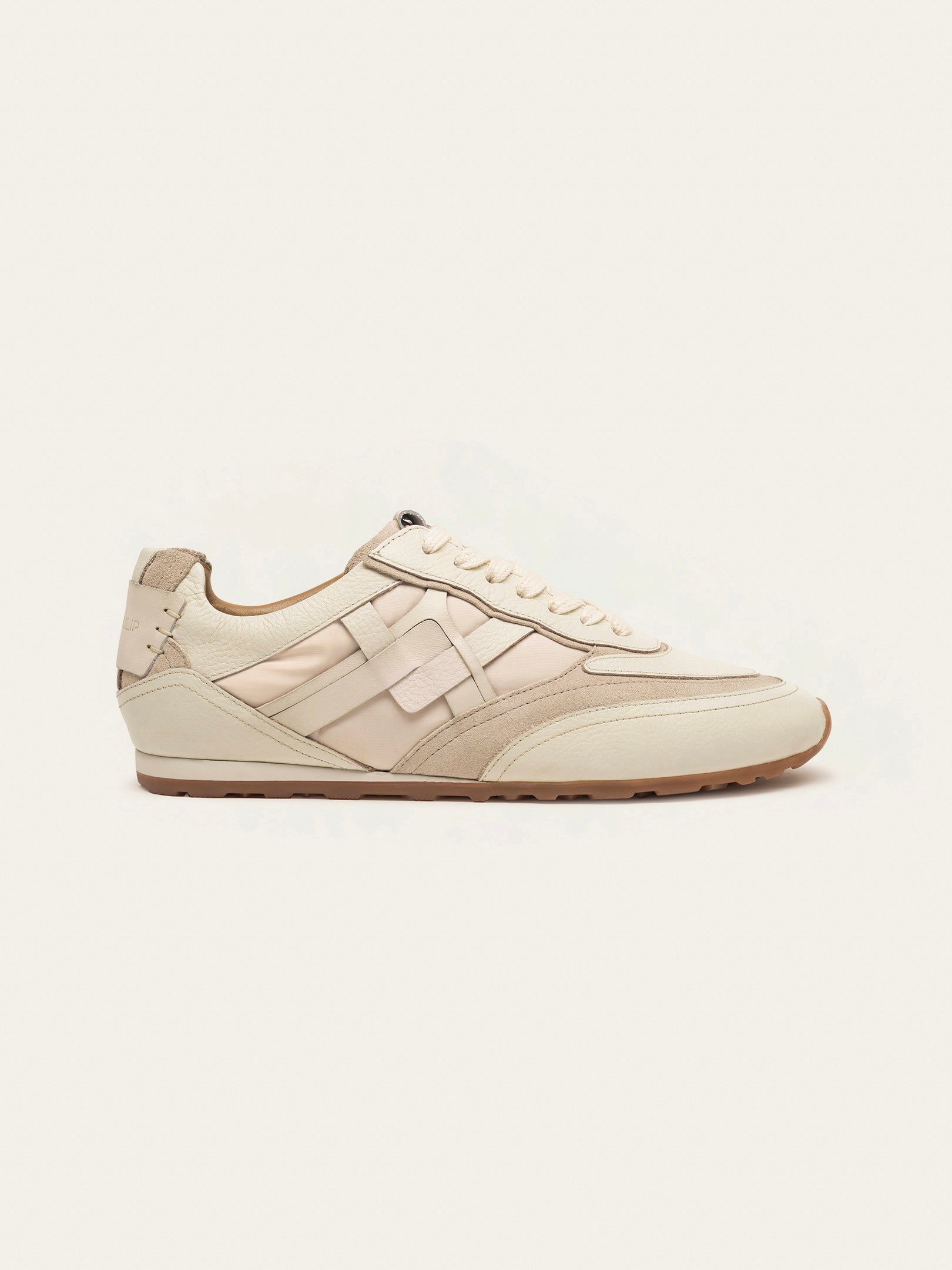


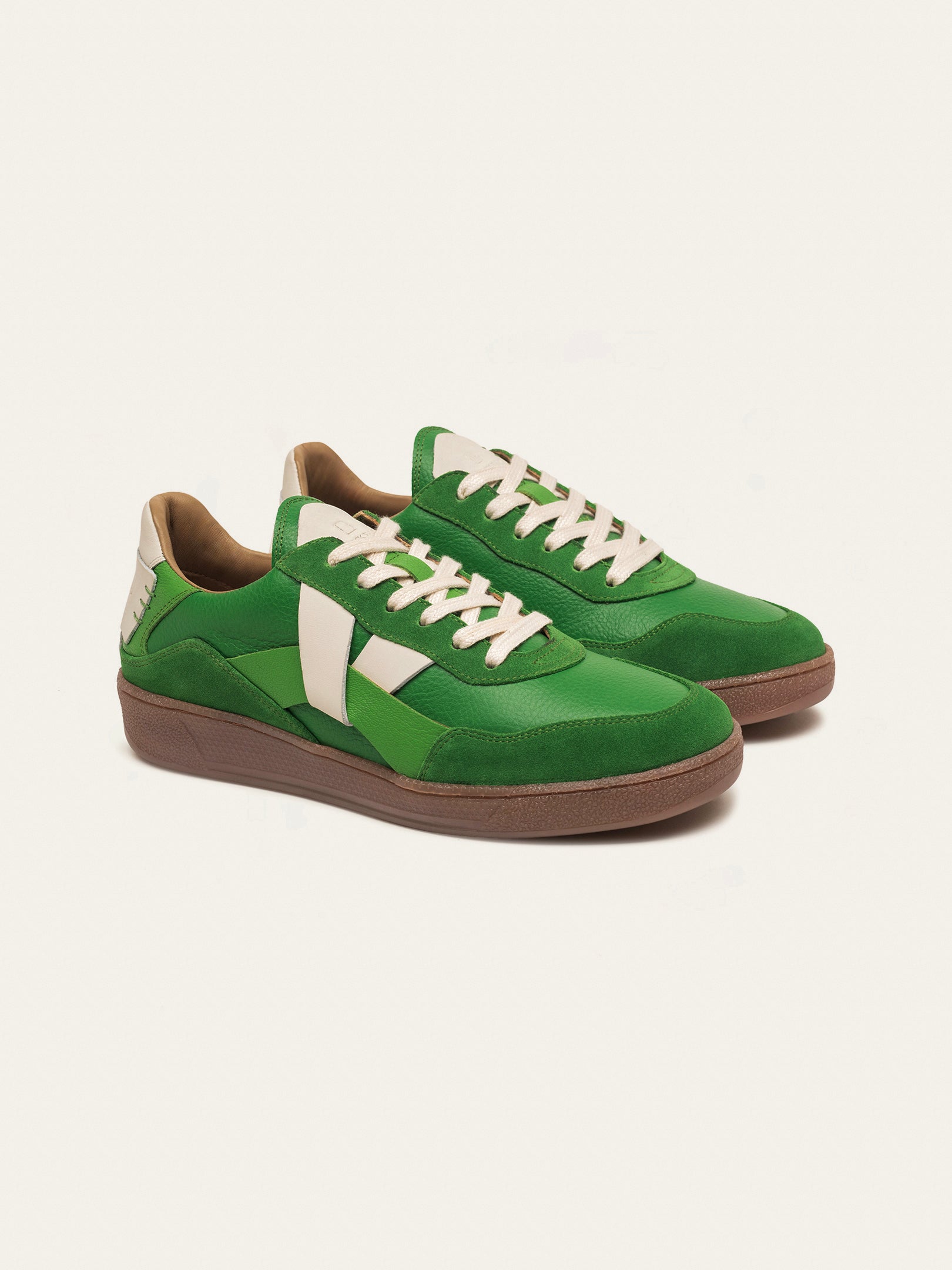
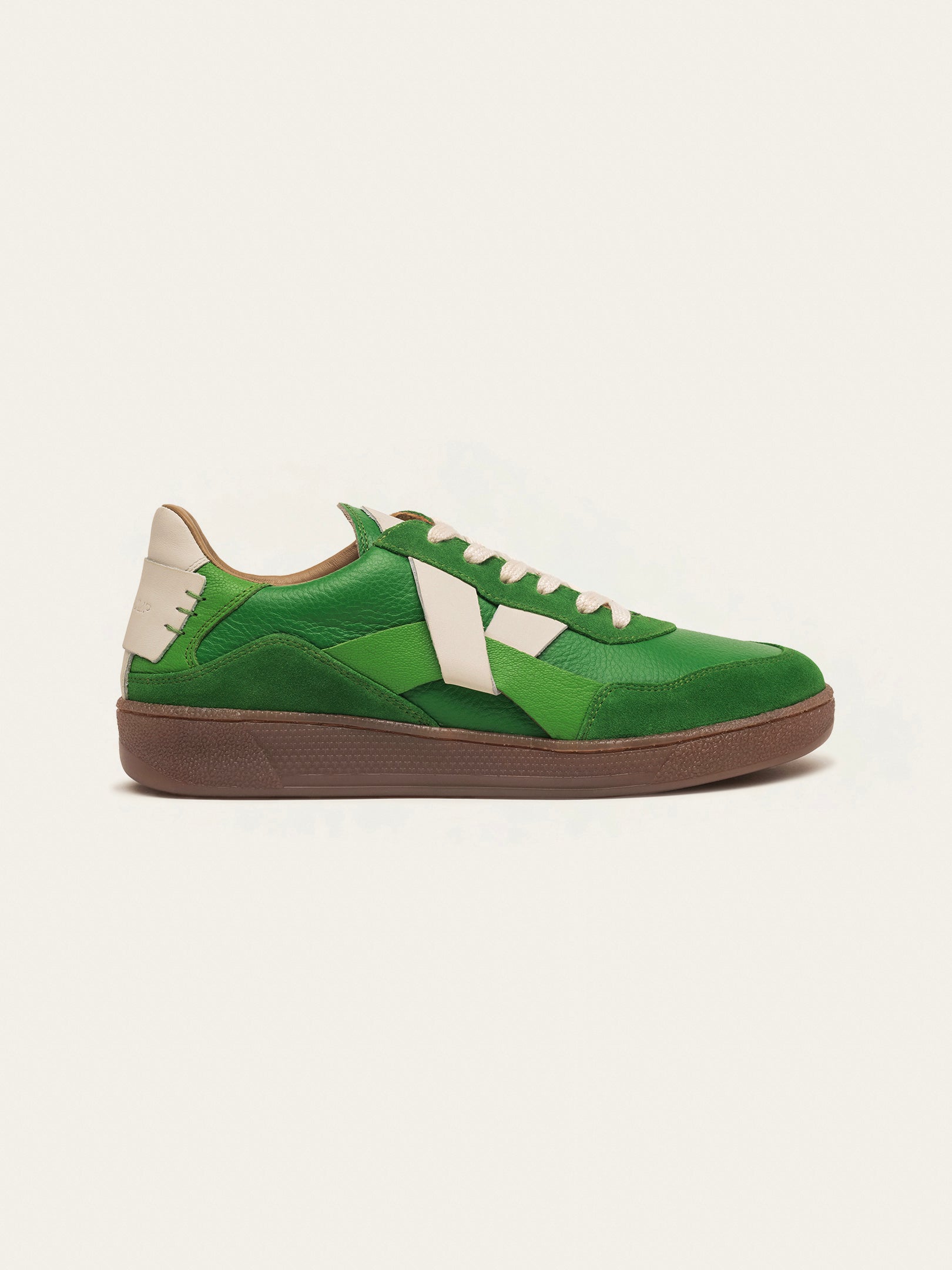
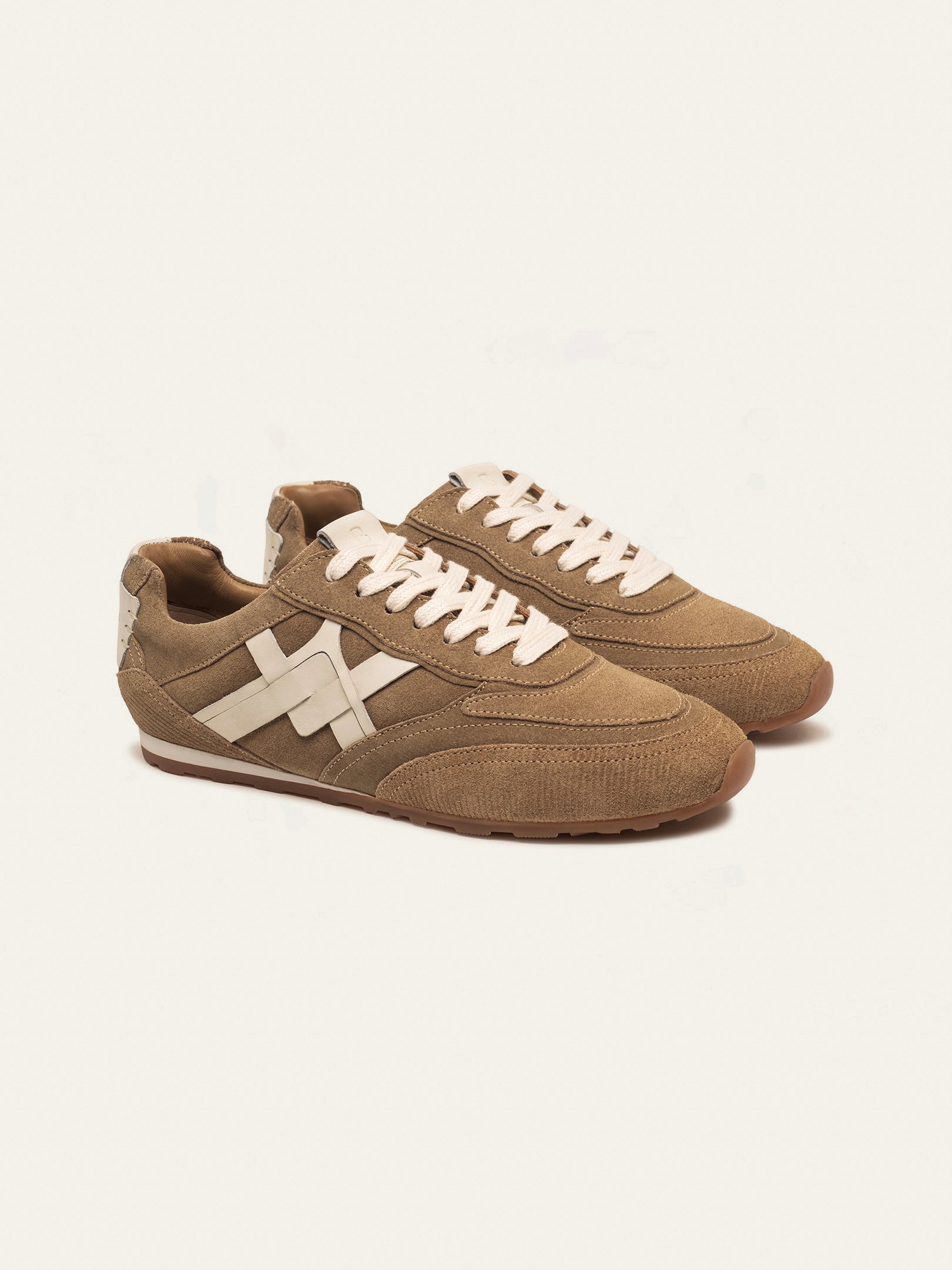
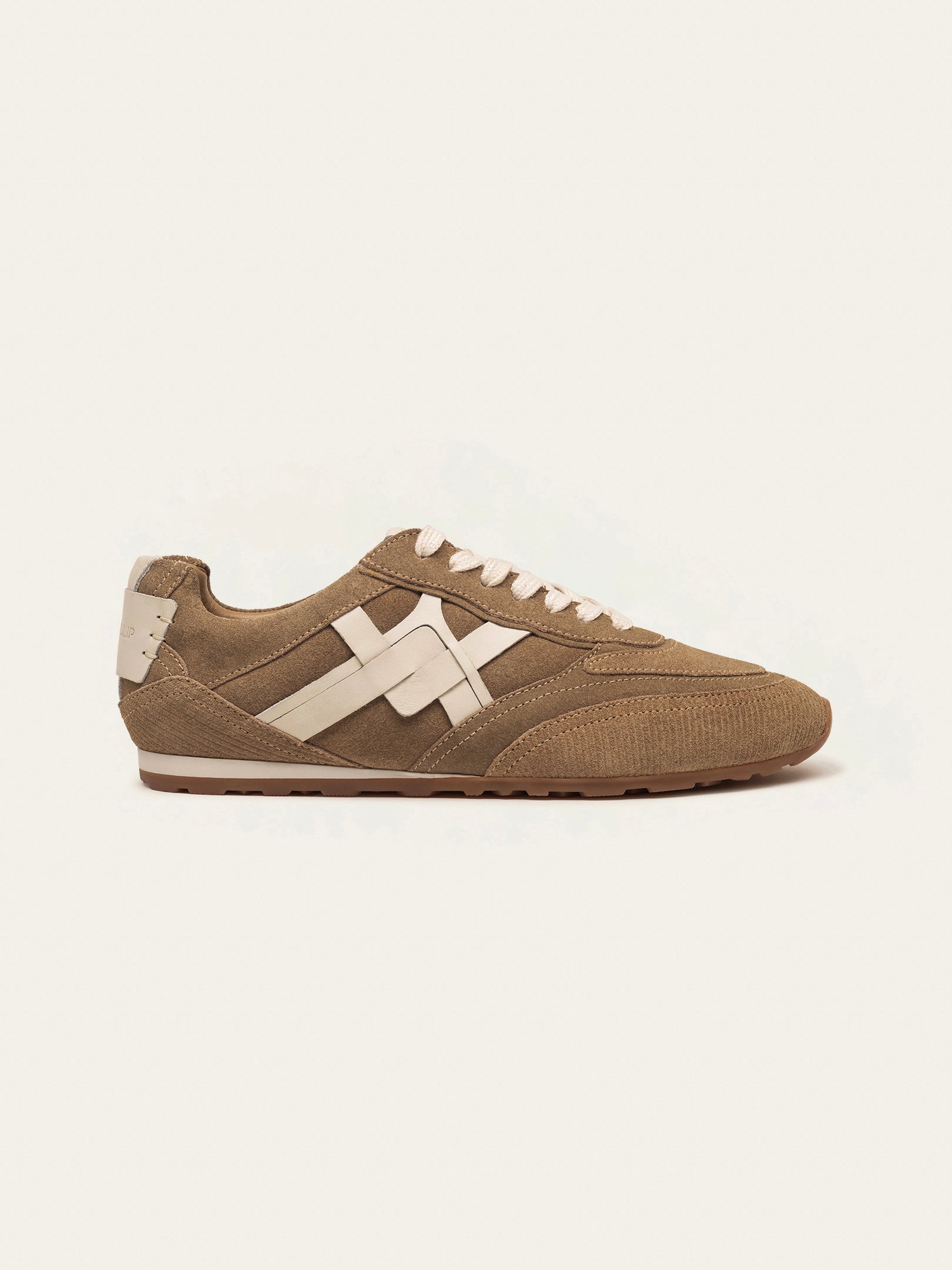



![Why Wide Fit Trainers Changed My Life: A Shoe Expert's Guide [2025]](http://blacktulipstudio.com/cdn/shop/articles/Blog_Img_3_8ce33137-6433-4543-8374-a7b009c05ff2.png?v=1763668125&width={width})

![Retro Runners vs Modern Trainers: A Real Runner's Guide [2025]](http://blacktulipstudio.com/cdn/shop/articles/blog-mobile_ec9ed0c4-2e29-4327-8733-eae234cb618c.png?v=1758780707&width={width})



